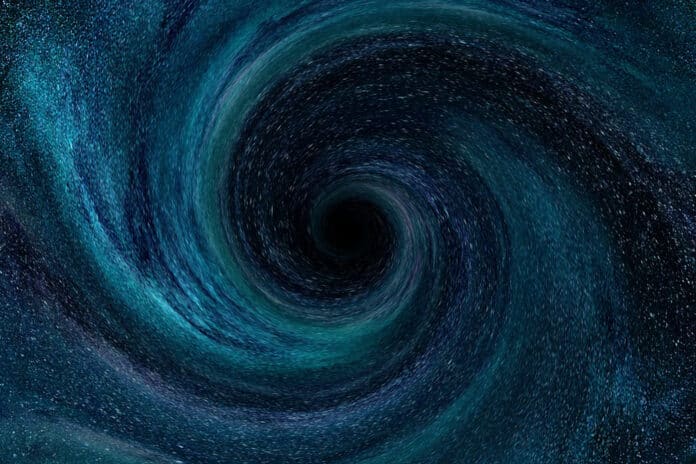Physicists have long been fascinated by the possibility that space and time are not fundamental but derived from something deeper.
In the 1990s, this notion gathered a lot of attention: when theoretical physicist Juan Maldacena related the gravitational theory that governs spacetime to a theory involving quantum particles. In particular, he envisioned a fictitious realm, visualized as a ‘bulk,’ or infinite soup can, containing gravitationally-active things like black holes.
Maldacena also conjured up the idea of quantum mechanically controlled particles interacting with the can’s surface. He understood that a gravitational theory, which describes the black holes and spacetime inside the bulk, is mathematically identical to a quantum theory, which is used to describe the particles on the boundary.
This relationship indicates that spacetime does not exist fundamentally but emerges from some quantum nature. Physicists are trying to understand the quantum property that is key.
According to a new mathematical analysis by three RIKEN physicists, a quantum property dubbed ‘magic’ could be the key to explaining the origin of spacetime. For the first time, physicists link the chaotic nature of black holes to the quantum property known as “magic.”
The first hypothesis was that the most significant component was quantum entanglement, which connects particles no matter how far apart they are—the more entangled the particles on the boundary, the smoother the spacetime within the bulk.
Kanato Goto of the RIKEN Interdisciplinary Theoretical and Mathematical Sciences (iTHEMS) said, “But just considering the degree of entanglement on the boundary cannot explain all the properties of black holes, for instance, how their interiors can grow.”
Therefore, Goto and iTHEMS colleagues Tomoki Nosaka and Masahiro Nozaki sought another quantum quantity that could apply to the boundary system and could also be mapped to the bulk to describe black holes more fully.
Scientists have discovered “magic,” a mathematical measure of how challenging it is to imitate a quantum state on a regular conventional (non-quantum) computer. Their calculations demonstrated that practically any condition would develop into the most challenging to model a “maximally magical” state in a chaotic system.
Goto said, “This provides the first direct link between the quantum property of magic and the chaotic nature of black holes. This finding suggests that magic is strongly involved in the emergence of spacetime.”
Journal Reference:
- Kanato Goto, Tomoki Nosaka, and Masahiro Nozaki. Probing chaos by magic monotones. Physical Review D (2022). DOI: 10.1103/PhysRevD.106.126009
